Increased Focus on Food Safety
The Foam Food Container Market is influenced by an increased focus on food safety and hygiene standards. As consumers become more aware of foodborne illnesses, the demand for packaging that ensures food safety is paramount. Foam containers are often favored for their ability to provide a barrier against contaminants, thereby preserving food quality. Regulatory bodies are also tightening food safety regulations, which compels food service providers to adopt packaging solutions that comply with these standards. This trend is likely to bolster the Foam Food Container Market, as manufacturers develop products that not only meet safety requirements but also enhance the overall consumer experience. The emphasis on food safety is expected to drive a steady increase in demand for foam containers in various food service applications.
Growth of the Food Delivery Sector
The Foam Food Container Market is significantly impacted by the rapid expansion of the food delivery sector. With the proliferation of food delivery services, restaurants and food establishments increasingly rely on foam containers to ensure that meals are delivered in optimal condition. The lightweight nature of foam containers helps maintain food temperature and quality during transit, which is crucial for customer satisfaction. Recent statistics indicate that the food delivery market is expected to reach a valuation of over 200 billion dollars by 2026. This growth presents a lucrative opportunity for the Foam Food Container Market, as businesses seek to enhance their packaging solutions to accommodate the evolving needs of consumers who prefer the convenience of home delivery.
Innovations in Packaging Technology
The Foam Food Container Market is witnessing a wave of innovations in packaging technology, which enhances the functionality and sustainability of foam containers. Manufacturers are increasingly investing in research and development to create foam containers that are not only lightweight and durable but also environmentally friendly. For instance, advancements in biodegradable foam materials are gaining traction, appealing to environmentally conscious consumers. This shift towards sustainable packaging solutions is expected to drive growth in the Foam Food Container Market, as businesses aim to align with consumer preferences for eco-friendly products. The market for sustainable packaging is projected to grow at a rate of 5% annually, indicating a strong potential for foam container innovations that meet these demands.
Rising Demand for Convenience Foods
The Foam Food Container Market experiences a notable surge in demand for convenience foods, driven by changing consumer lifestyles. As more individuals seek quick meal solutions, the need for effective packaging solutions becomes paramount. This trend is reflected in the increasing sales of ready-to-eat meals and takeout options, which often utilize foam food containers for their lightweight and insulating properties. According to recent data, the convenience food sector is projected to grow at a compound annual growth rate of approximately 4.5% over the next few years. This growth directly influences the Foam Food Container Market, as manufacturers strive to meet the rising demand for efficient and reliable packaging solutions that cater to the fast-paced lifestyle of modern consumers.
Expansion of Quick Service Restaurants
The Foam Food Container Market is benefiting from the expansion of quick service restaurants (QSRs), which are increasingly adopting foam containers for their takeout and delivery services. The QSR segment is characterized by its fast-paced service model, necessitating efficient and reliable packaging solutions. Foam containers are particularly advantageous due to their cost-effectiveness and ability to maintain food temperature. Recent market analysis suggests that the QSR sector is projected to grow at a rate of 6% annually, further driving the demand for foam food containers. As more QSRs enter the market and expand their offerings, the Foam Food Container Market is likely to see sustained growth, as these establishments seek to optimize their packaging solutions to enhance customer satisfaction.
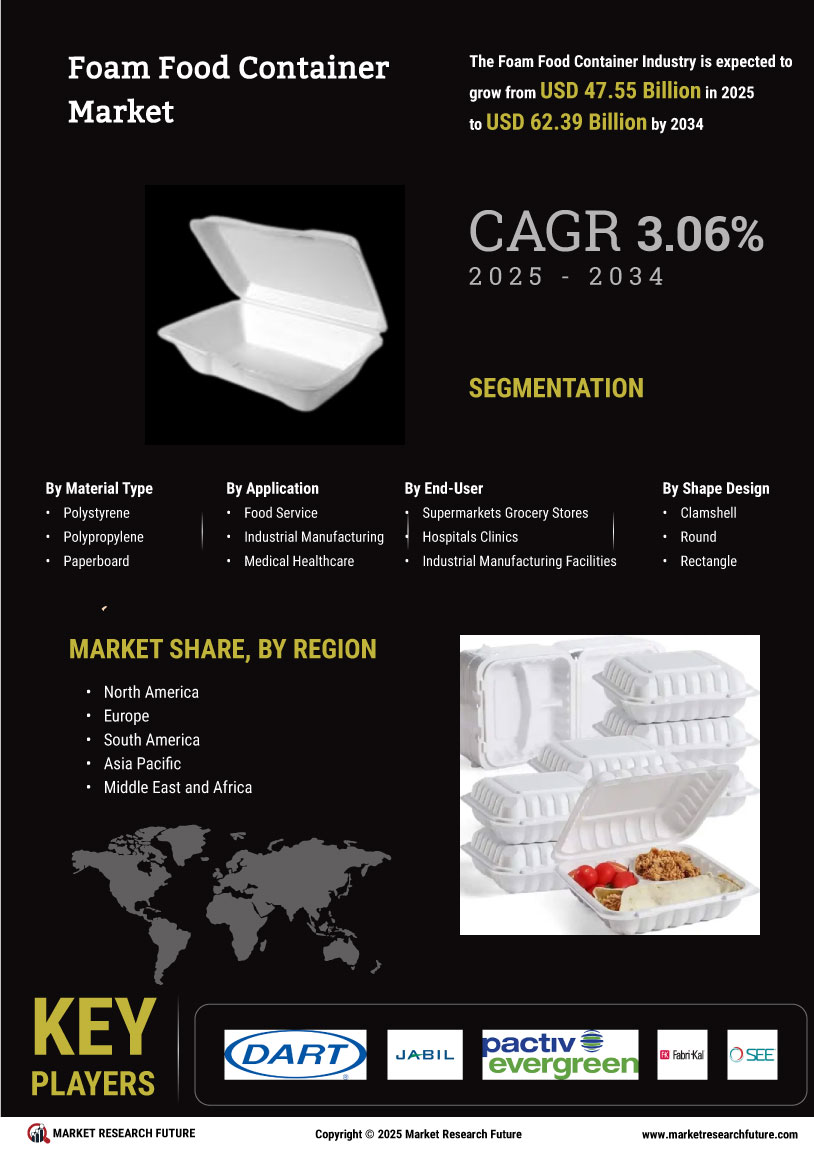

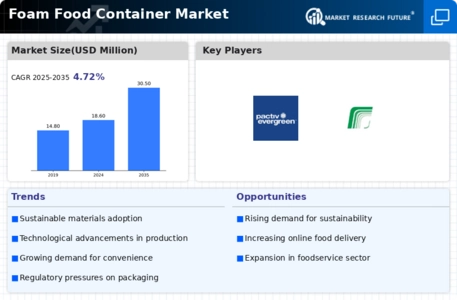
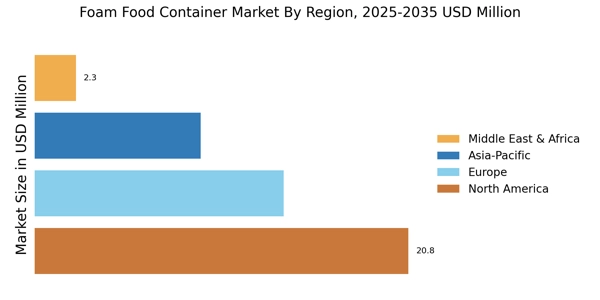
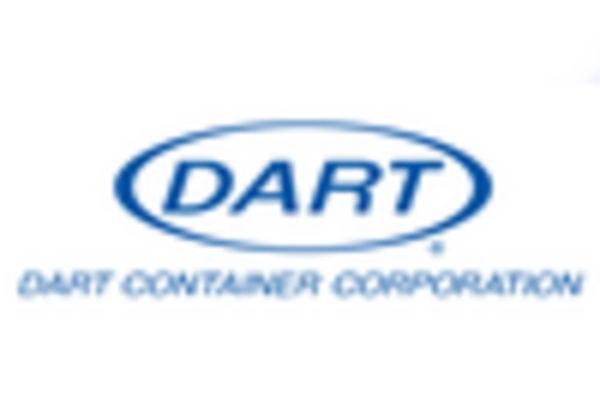


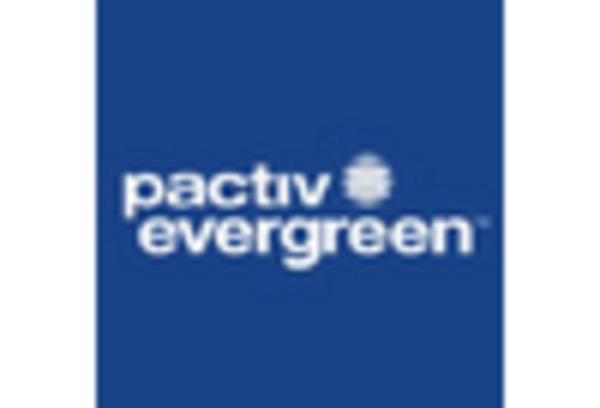
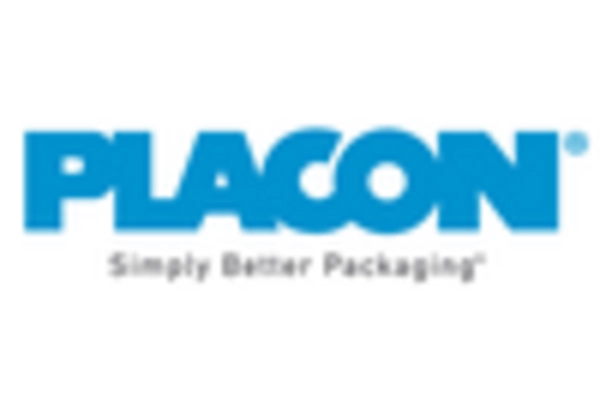









Leave a Comment